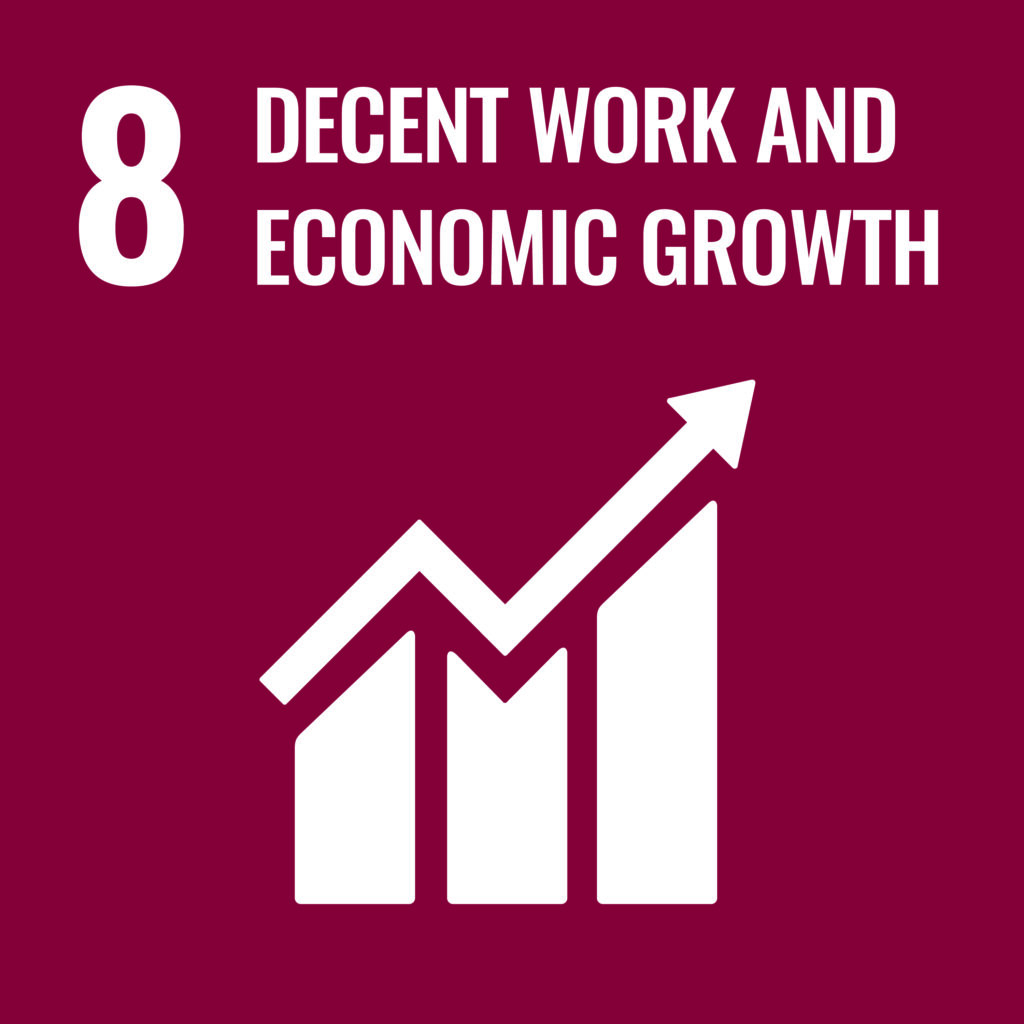The carbon abatement reported by this project has been scientifically measured using the Carbon Farming Initiative Reforestation and Afforestation – 1.2 Methodology and independently verified, as required under the Emissions Reduction Fund.
Contributions toward SDG 8 and 15 have not been monitored and reported by the project proponent, however can be reasonably assumed to occur under the Carbon Farming Initiative Reforestation and Afforestation – 1.2 methodology.
According to the Australian Government Clean Energy Regulator, increasing the number of trees on farms has benefits including:
- Providing income for farmers
- Providing shelter and pastures for livestock. Plantings improve conditions of stock and pastoral productivity.
- Restore degraded land
- Protect soils from wind erosion by reducing wind speeds
- Ecosystem health
- Improving water quality through reduced pesticide and fertilizer run off.
Registry information: Australian National Registry of Emissions Units (ANREU) administered by the Clean Energy Regulator (CER)
Standard: Australian Government Emissions Reduction Fund
Unit type: Australian Carbon Credit Unit (ACCU)
TEM’s partner’s environmental plantings carbon farming project, based in the Great Southern region of Western Australia, consists of 170 hectares of farmland that has been transformed via the planting of permanent eucalyptus trees to establish a forest.
The project stores carbon in the tree plantings. This earns Australian Carbon Credits (ACCUs) in return for reducing the level of greenhouse gases in the atmosphere.
The trees, which were planted in narrow belts and small blocks during 2012 and 2013 specifically for the purpose of carbon abatement, are thriving and contributing to environmentally regenerative outcomes in the surrounding landscape, which continues to be farmed by the landholder.
This reforestation has occurred mainly on light sandy patches of land, or along denuded stream banks. As the plantings mature and forest canopy is regenerated, a range of potential biodiversity co-benefits can be achieved.
This project establishes permanent plantings made up of four species:
- Sugar gum: the main species planted in this project
- Blue-leaved mallee: very drought tolerant and fast carbon storer.
- River red gum: widest natural distribution of any eucalyptus species in Australia
- York gum: endemic to Western Australia and common in the Wheatbelt
Key impacts and benefits can include:



UN Sustainable Development Goals
The projects may contribute to the following United Nations Sustainable Development Goals:


